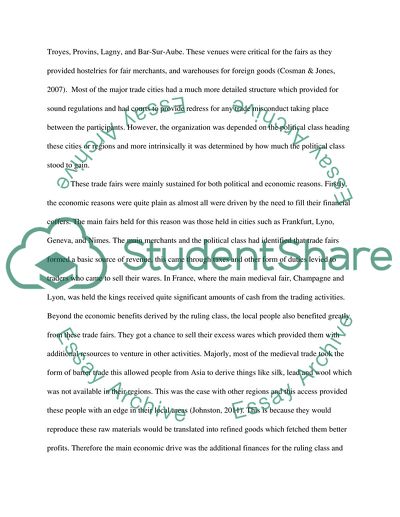Cite this document
(“Economic and Political Importance of Medieval Fairs in Europe Essay”, n.d.)
Economic and Political Importance of Medieval Fairs in Europe Essay. Retrieved from https://studentshare.org/history/1451572-economic-and-political-importance-of-medieval-fairs-in-europe
Economic and Political Importance of Medieval Fairs in Europe Essay. Retrieved from https://studentshare.org/history/1451572-economic-and-political-importance-of-medieval-fairs-in-europe
(Economic and Political Importance of Medieval Fairs in Europe Essay)
Economic and Political Importance of Medieval Fairs in Europe Essay. https://studentshare.org/history/1451572-economic-and-political-importance-of-medieval-fairs-in-europe.
Economic and Political Importance of Medieval Fairs in Europe Essay. https://studentshare.org/history/1451572-economic-and-political-importance-of-medieval-fairs-in-europe.
“Economic and Political Importance of Medieval Fairs in Europe Essay”, n.d. https://studentshare.org/history/1451572-economic-and-political-importance-of-medieval-fairs-in-europe.


